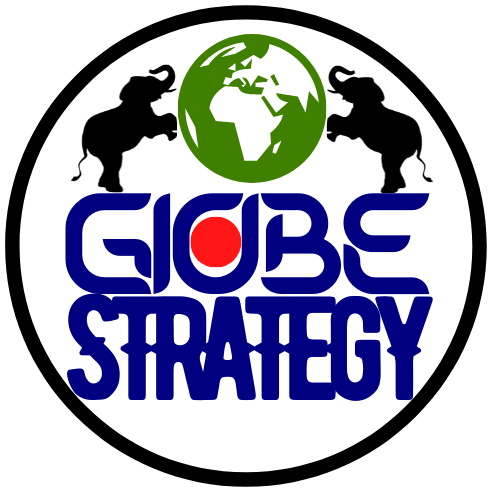Strategy involves the action plan of a company for building competitive advantage and increasing its triple bottom line over the long-term. The action plan relates to achieving the economic, social, and environmental performance objectives; in essence, it helps bridge the gap between the long-term vision and short-term decisions.
Strategic Management
Strategic management is the process of building capabilities that allow a firm to create value for customers, shareholders, and society while operating in competitive markets (Nag, Hambrick & Chen 2006). It entails the analysis of internal and external environments of firms to maximize the use of resources in relation to objectives (Bracker 1980). Strategic management can depend upon the size of an organization and the proclivity to change the organization’s business environment.
The process of strategic management entails:
Specifying the organization’s mission, vision, and objectives
Developing policies and plans that are designed to achieve these objectives
Allocating resources to implement these policies and plans
As an example, let’s take a company that wants to expand its current operations to producing widgets. The company’s strategy may involve analyzing the widget industry along with other businesses producing widgets. Through this analysis, the company can develop a goal for how to enter the market while differentiating from competitors’ products. It could then establish a plan to determine if the approach is successful.
Keeping Score
A balanced scorecard is a tool sometimes used to evaluate a business’s overall performance. From the executive level, the primary starting point will be stakeholder needs and expectations (i.e., financiers, customers, owners, etc.). Following this, inputs such as objectives, operations, and internal processes will be developed to achieve these expectations.
Another way to keep score of a strategy is to visualize it using a strategy map. Strategy maps help to illustrate how various goals are linked and provide trajectories for achieving these goals.
Common Approaches to Strategy
Richard Rumelt
In 2011, Professor Richard P. Rumelt described strategy as a type of problem solving. He outlined a perspective on the components of strategy, which include:
Diagnosis: What is the problem being addressed? How do the mission and objectives imply action?
Guiding Policy: What framework will be used to approach the operations? (This, in many ways, should be the decision of a given competitive advantage relative to the competition.)
Action Plans: What will the operations look like (in detail)? How will the processes be enacted to align with the guiding policy and address the issue in the diagnosis?
Michael Porter
In 1980, Michael Porter wrote that formulation of competitive strategy includes the consideration of four key elements:
- Company strengths and weaknesses
- Personal values of the key implementers (i.e., management or the board)
- Industry opportunities and threats
- Broader societal expectations
Henry Mintzberg
Henry Mintzberg stated that there are prescriptive approaches (what should be) and descriptive approaches (what is) to strategic management. Prescriptive schools are “one size fits all” approaches that designate best practices, while descriptive schools describe how strategy is implemented in specific contexts. No single strategic managerial method dominates, and the choice between managerial styles remains a subjective and context-dependent process. As a result, Mintzberg hypothesized five strategic types:
Strategy as plan: a directed course of action to achieve an intended set of goals; similar to the strategic planning concept
Strategy as pattern: a consistent pattern of past behavior with a strategy realized over time rather than planned or intended (where the realized pattern was different from the intent, Mintzberg referred to the strategy as emergent)
Strategy as position: locating brands, products, or companies within the market based on the conceptual framework of consumers or other stakeholders; a strategy determined primarily by factors outside the firm
Strategy as ploy: a specific maneuver intended to outwit a competitor
Strategy as perspective: executing strategy based on a “theory of the business” or a natural extension of the mindset or ideological perspective of the organization
Source: Boundless. “What is Strategy?.” Boundless Management. Boundless, 08 Dec. 2014. Retrieved 26 Feb. 2015 from https://www.boundless.com/management/textbooks/boundless-management-textbook/strategic-management-12/strategic-management-86/what-is-strategy-415-1550/
